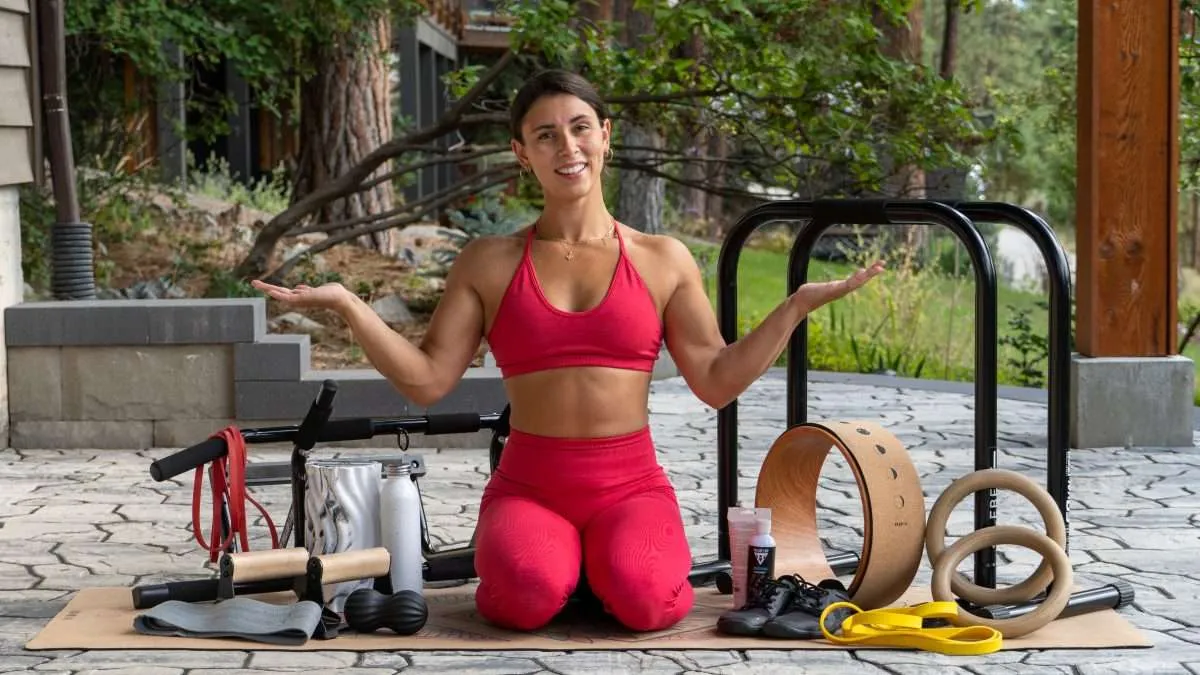Recovery is a critical component of athletic training and performance, yet it is often overlooked. Whether you’re a professional athlete or someone who enjoys weekend sports, having the right recovery tools is essential for preventing injuries, promoting muscle repair, and boosting overall performance. This guide provides an in-depth look at the best recovery tools for athletes, helping you speed up recovery and stay at your peak.
Why Recovery Matters for Athletes
Effective recovery is vital for unlocking an athlete’s full potential. It aids in muscle tissue repair, reduces fatigue, and prevents injuries, enabling consistent peak performance. Without proper recovery, the risk of injury increases, which can result in setbacks or even long-term damage. Moreover, recovery isn’t just about rest; it’s about using the right tools and techniques to optimize muscle repair and prepare the body for the next challenge.
Types of Recovery Tools
Various recovery tools cater to different needs:
- Manual Recovery Tools: Foam rollers, massage balls, and massage guns that manually relieve sore muscles.
- High-Tech Recovery Devices: Advanced tools like percussive therapy devices, compression therapy systems, and infrared saunas for targeted recovery.
- Natural Recovery Aids: Essentials like sleep, nutrition, hydration, and stretching for overall well-being and performance.
Manual Recovery Tools
- Foam Rollers: A staple in many athletes’ routines for self-myofascial release to relieve muscle tightness and enhance flexibility. Options include high-density rollers for deep tissue massage, grid rollers for targeting specific muscle groups, and vibrating rollers.
- Massage Balls: Compact and portable, massage balls help target specific muscles, especially hard-to-reach areas like the shoulder blades or feet, effectively breaking up muscle knots and tension.
- Massage Guns: Devices like Theragun or Hypervolt are popular for providing percussive therapy. These handheld tools deliver rapid bursts of pressure that help relieve muscle soreness and boost blood flow.
High-Tech Recovery Devices
- Percussive Therapy Devices: These devices, including massage guns, offer deep tissue massage through rapid, targeted movements, helping to alleviate muscle soreness and stiffness.
- Compression Therapy Systems: Devices like Normatec recovery boots use air pressure to massage limbs and enhance blood flow, helping to flush out metabolic waste and reduce muscle inflammation—ideal for runners and endurance athletes.
- Infrared Saunas: These use infrared light to penetrate deeply into muscle tissues, promoting relaxation, reducing soreness, and speeding up recovery. They operate at lower temperatures than traditional saunas, allowing for longer sessions.
Natural Recovery Aids
- The Importance of Sleep: Sleep is one of the most effective recovery tools. It’s during sleep that the body repairs muscle tissue, balances hormones, and consolidates memory and learning. Quality sleep is crucial for peak athletic performance.
- Nutrition and Hydration: A balanced diet rich in proteins, carbs, and healthy fats helps repair muscles and restore energy. Proper hydration ensures efficient nutrient transport and waste elimination.
- Stretching and Yoga: Stretching and yoga can significantly enhance flexibility and reduce injury risk. Yoga, in particular, helps stretch muscles and promotes relaxation, which is vital for optimal recovery.
Other Recovery Methods
- Cryotherapy: This involves exposing the body to extremely cold temperatures for short periods, reducing inflammation, alleviating muscle pain, and speeding up recovery. Cryotherapy often outperforms traditional ice baths in effectiveness and recovery time.
- Electrical Muscle Stimulation (EMS) Devices: EMS devices use electrical impulses to contract muscles, promoting blood flow and recovery. They are particularly useful for muscle rehabilitation and preventing atrophy during inactivity.
- Recovery Boots and Compression Wear: Recovery boots, like those from Normatec, apply dynamic compression to the legs, enhancing blood flow and reducing soreness. Compression wear, such as tights and sleeves, provides consistent compression and can be worn during or after exercise.
- Heat Therapy: Using heat, such as heating pads or hot baths, relaxes muscles, improves circulation, and relieves stiffness. Heat therapy is particularly beneficial for chronic muscle pain and tension.
Top Brands and Recommendations
- Foam Rollers: TriggerPoint, LuxFit, AmazonBasics
- Massage Guns: Theragun, Hyperice Hypervolt, Achedaway
- High-Tech Devices: Normatec, RecoveryPump, HigherDose
Choosing the Right Recovery Tool
The best recovery tool for you depends on factors like your sport, injury history, and budget. For example, runners might benefit more from compression therapy systems, while weightlifters might prefer percussive therapy devices.
Common Recovery Mistakes
Some athletes overuse recovery tools or underestimate the importance of rest. It’s crucial to balance active recovery with complete rest for the best results.
Crafting an Effective Recovery Routine
An effective recovery routine should combine various tools and methods, such as foam rolling, stretching, using high-tech devices, and prioritizing sleep and nutrition. Tailoring this routine to your specific needs will yield optimal results.
Conclusion
Investing in the right recovery tools is essential for athletes aiming to improve performance, prevent injuries, and speed up recovery. Whether you opt for manual tools, high-tech devices, or natural methods, consistency and understanding what works best for your body are key.
FAQs
- What is the best recovery tool for muscle soreness? Foam rollers and massage guns are highly effective for muscle soreness relief.
- How often should athletes use recovery tools? Depending on training intensity, foam rollers can be used daily, and high-tech devices a few times a week.
- Can recovery tools replace proper sleep and nutrition? No, they are supplementary; proper sleep and nutrition are fundamental for recovery.
- Are high-tech recovery devices worth it? Yes, especially for athletes who need targeted and efficient recovery methods.
- What are the risks of inadequate recovery? Poor recovery can lead to fatigue, injuries, reduced performance, and prolonged recovery times.
By integrating these tools and techniques, you can develop a comprehensive recovery strategy that supports your athletic goals.
